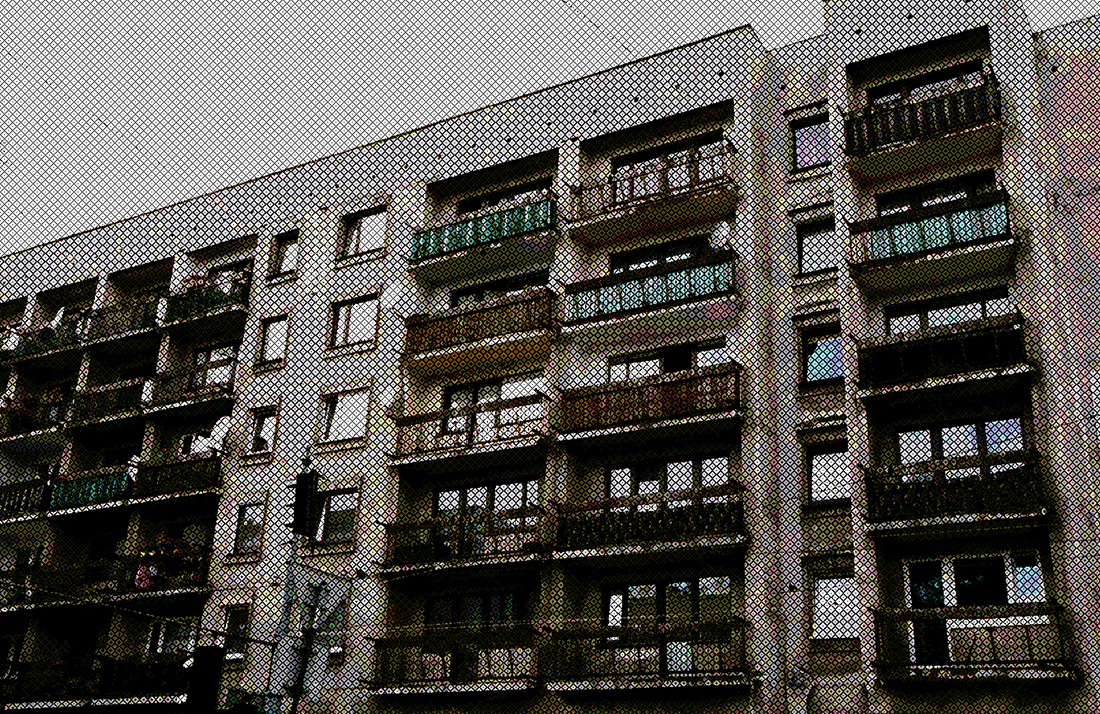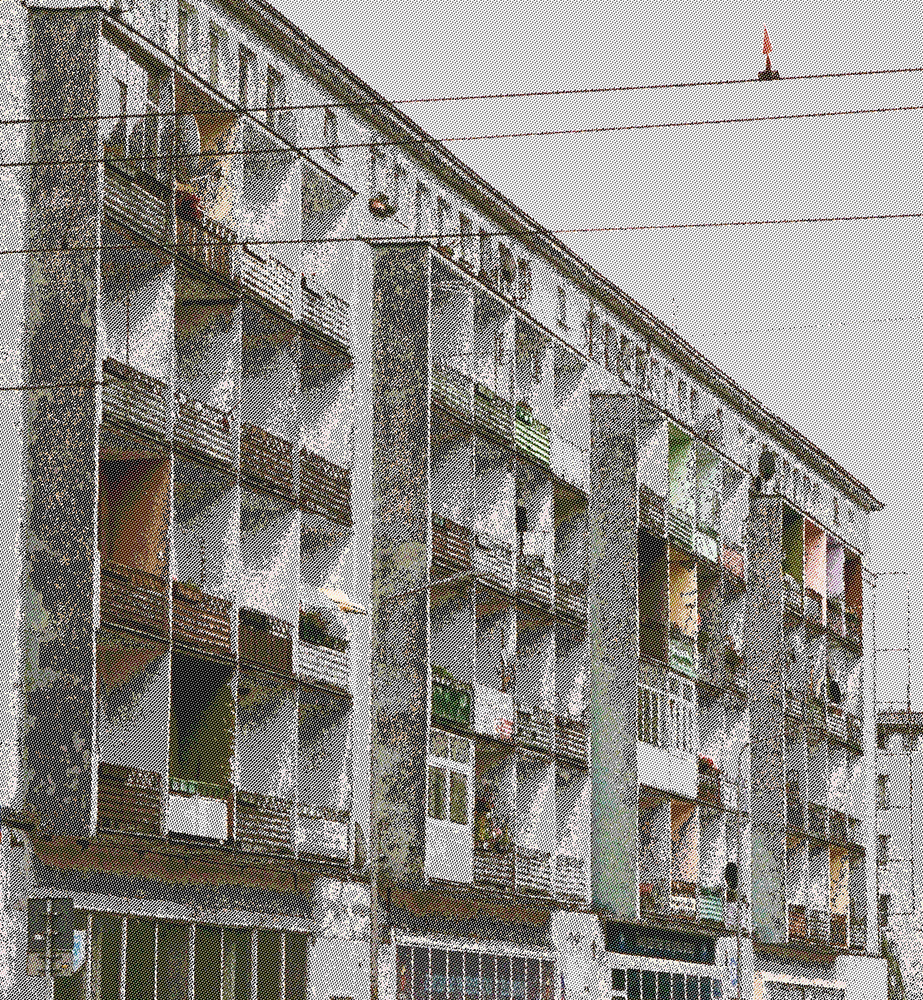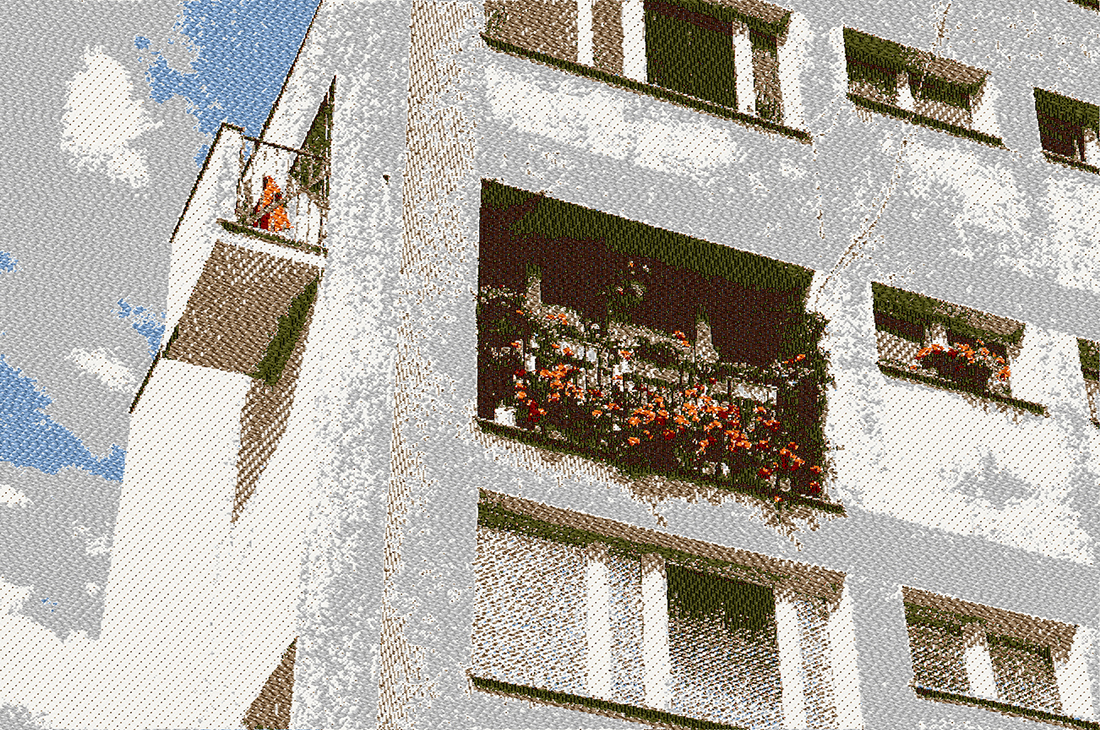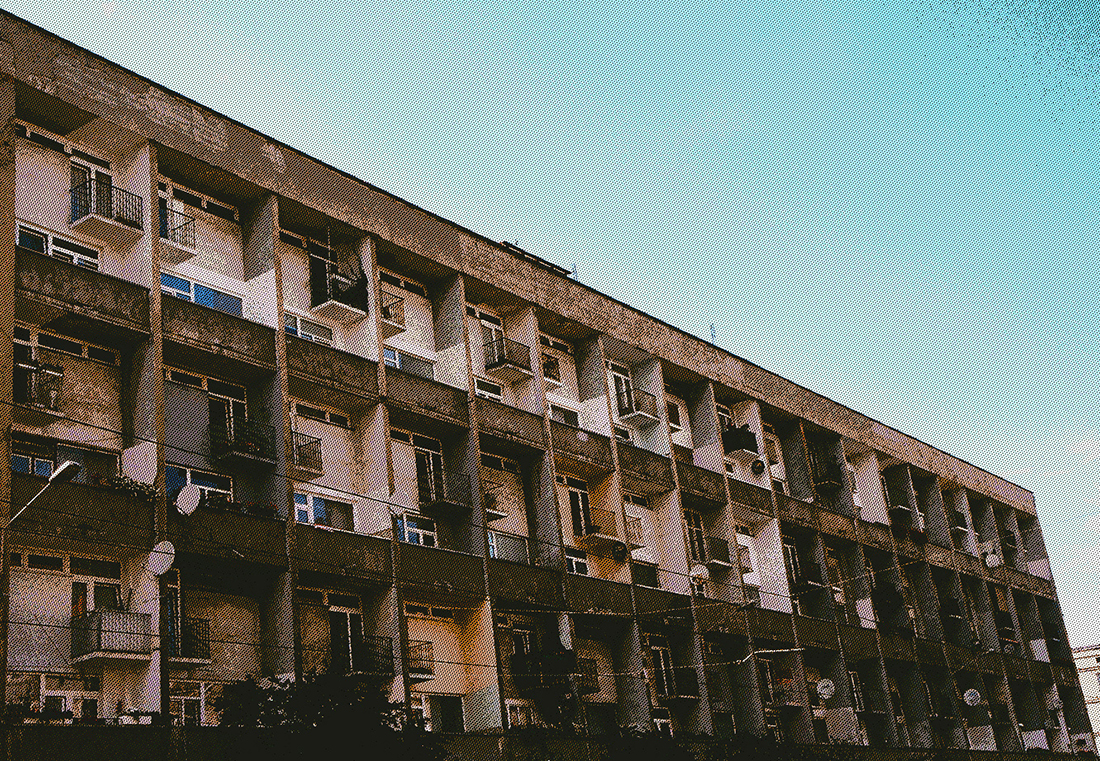About the Artist
An artist and weaver whose practice explores the relationships between textiles, photography, and Modernist architecture.
The Modernist taste for clean, perfectly transparent and all-observable architecture coincided with photography's rise as an ostensibly pure visual medium. Less well-defined is the relationship between textiles and architecture. Both are media that we live our lives in: one at the intimate scale of the body, and one at the monumental scale of rooms and towers. In weaving, like in architecture, the internal structure and the surface design affect each-other, and must be conceived of together. Though Modernists rejected the significance of textiles as an art form, Borowska's interdisciplinary work fits into an alternative narrative of Modernism(s), wherein weaving holds an ambiguous but important place. Borowska is a settler in Tiohtià:ke/Montréal. She has exhibited and curated across Canada, and been published in the U.S. and Scandinavia. Her latest solo exhibition, Megastrukturer, was presented in Denmark in the spring of 2020.
About the Works
Blokowiska is a series of "digital textiles" depicting balconies in the Polish cities of Łódź and Wrocław.
Communist-era housing in Poland consists of massive complexes of identical apartments, using the plainest efficiency of material: a very particular sect of Modernism. Ornamentation is strictly withheld, but the repetitive rhythm of balconies and fenestration on the broad faces of these buildings results in a strong, graphic patterning of concrete blocks and angular shadows. What some might consider to be faceless architecture, however, is quickly harnessed to the vernacular uses of its multicultural inhabitants. The buildings' clean geometry and sensation of infinite repetition is broken up by hanging laundry, satellite dishes, stored objects, and the occasional outbursts of lush hanging flowers. Small worlds are contained within the balconies' identical dimensions. Stacked above and abreast one another, they are a living, in-flux representation of individuality within collectivity.
This series uses digital manipulation to translate photographs into textile patterns, or speculate implausible future weavings. Blokowiska celebrates the occupants' vernacular interventions and the life they bring to the imposed homogeneity of their Modernist environment, working with the photograph as raw material rather than a finished product. This series fits within a larger investigation into the relationships and slippages between architecture, photography, and weaving, and the possibilities of translation between two or more of these media. Presented here are digital files that mimic the structural integrity and micro-materiality of a woven textile, while retaining the elasticity and generative potential of digital imagery.





